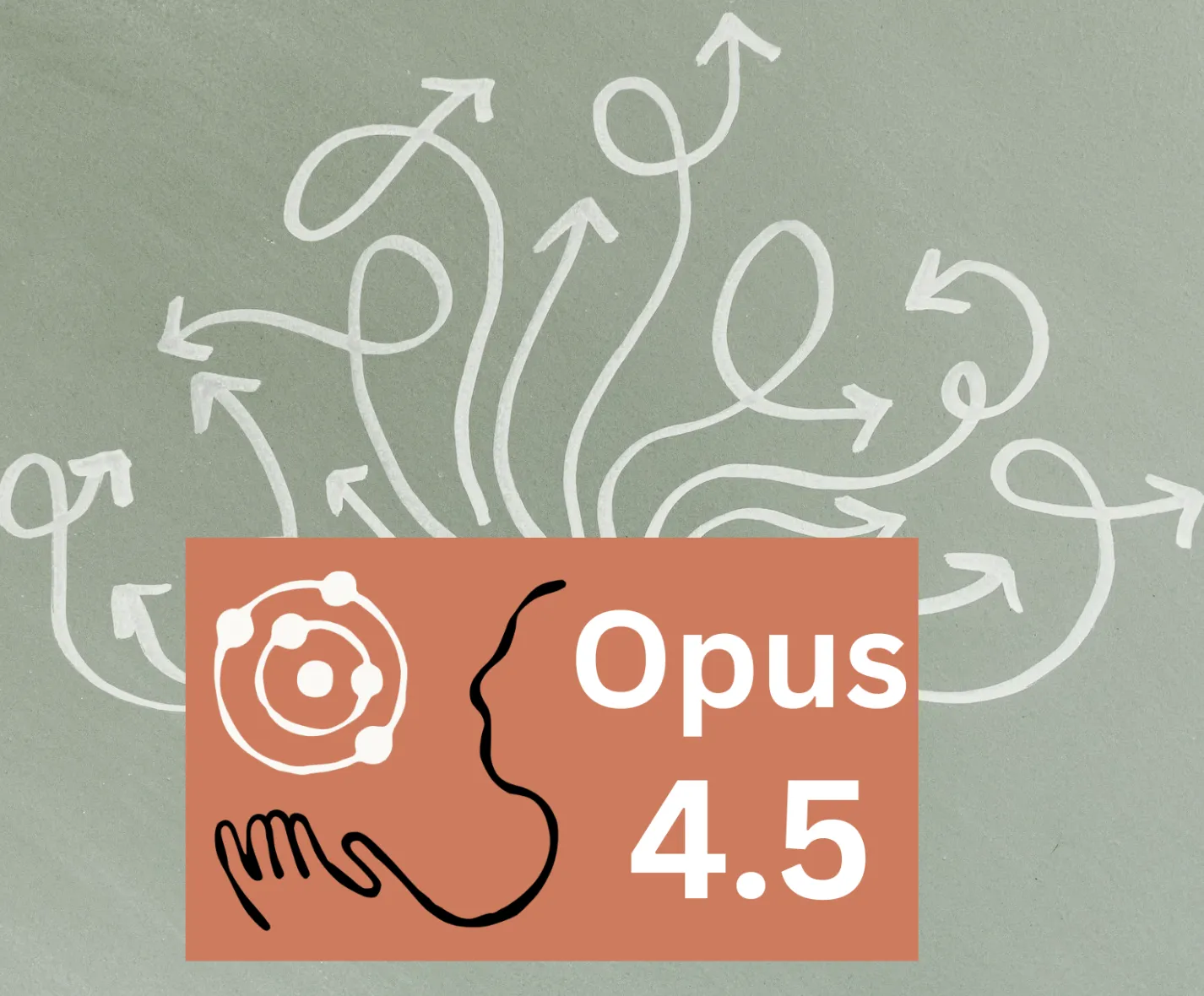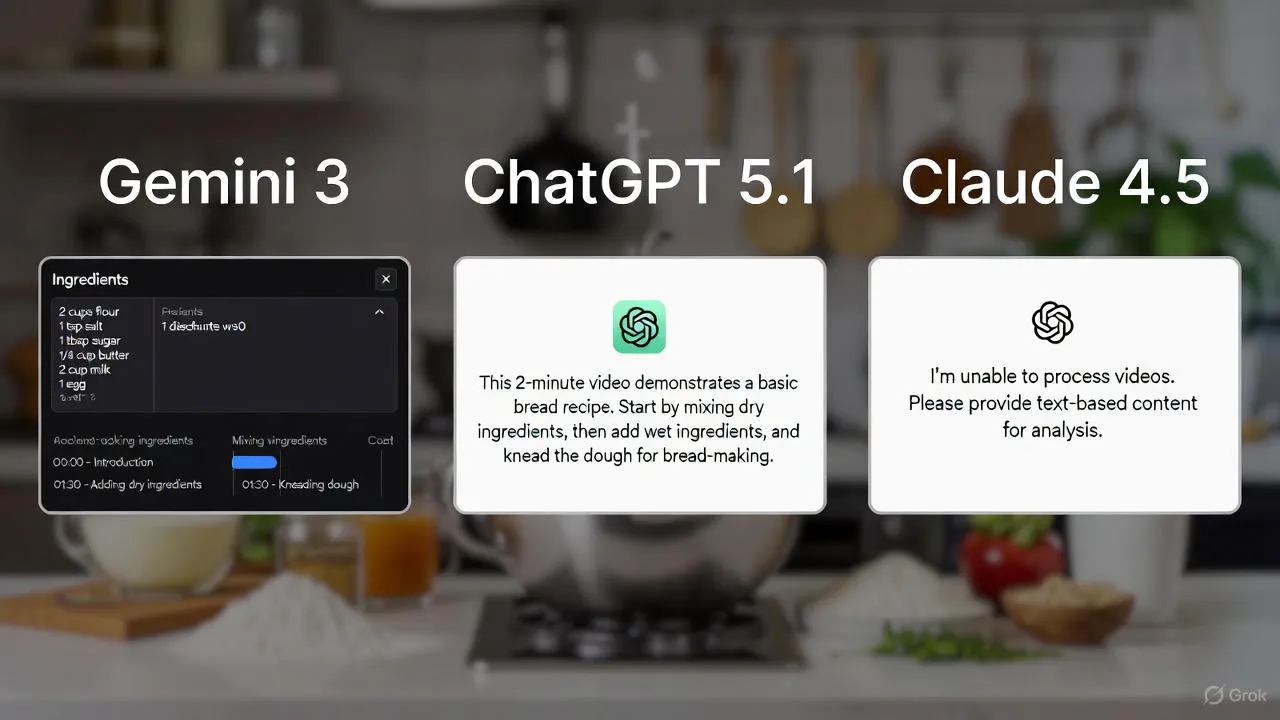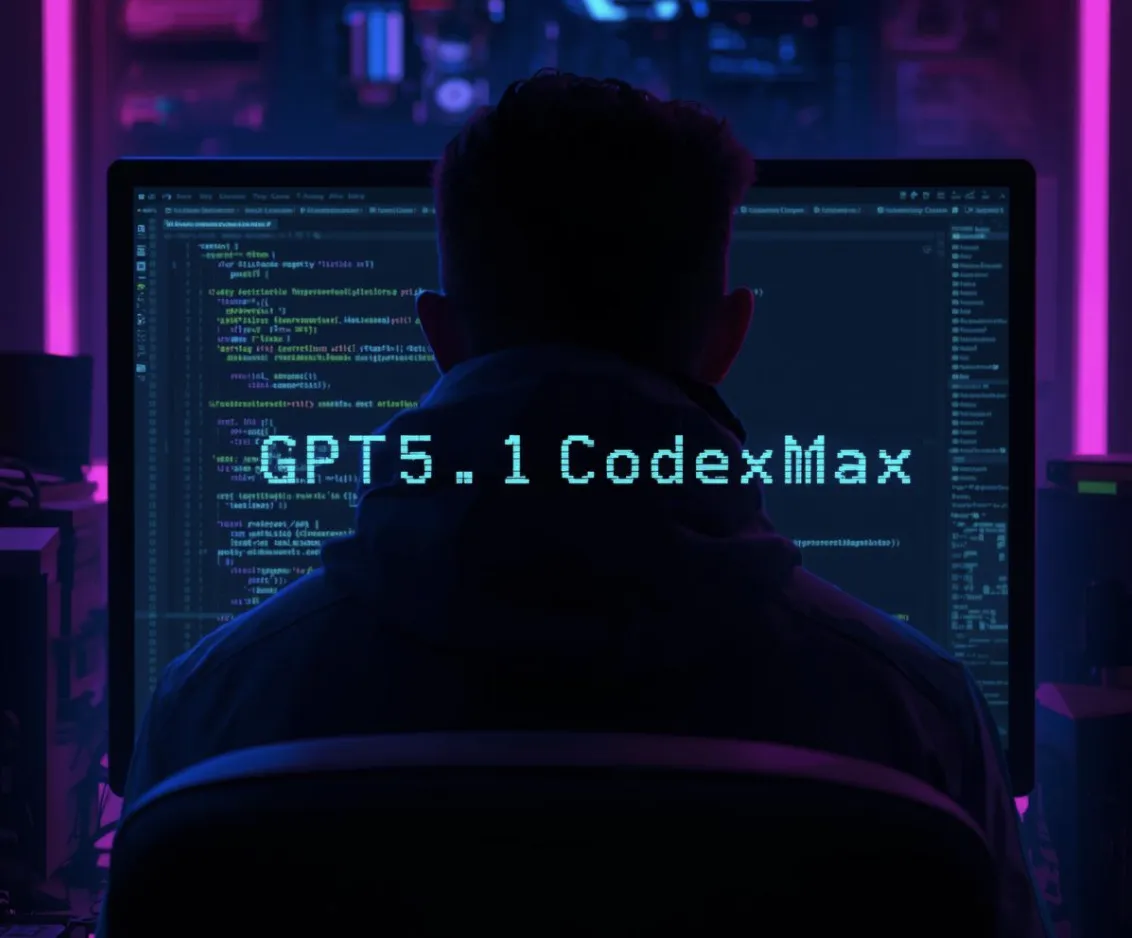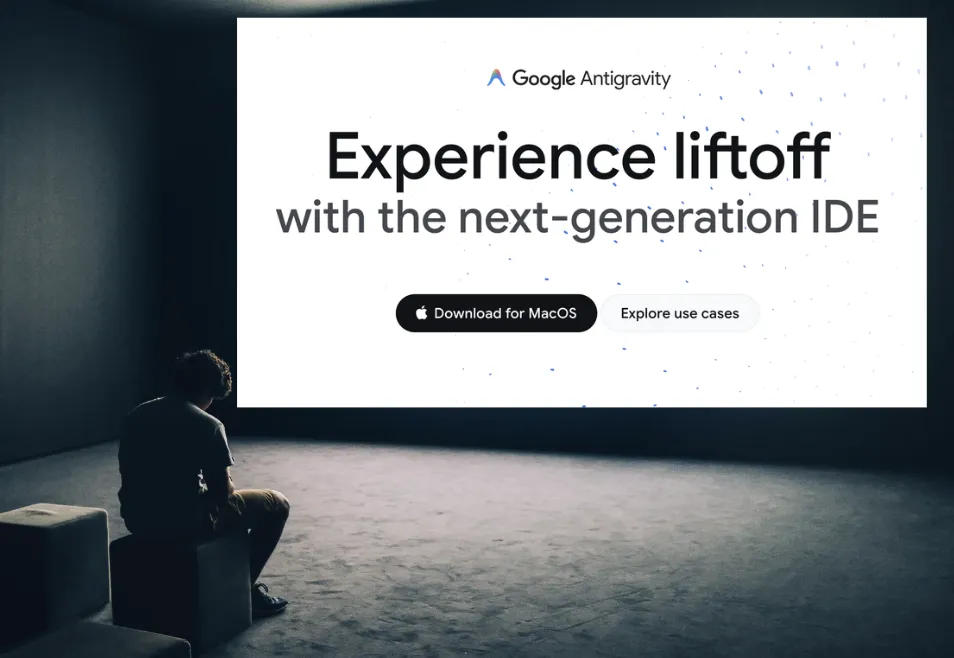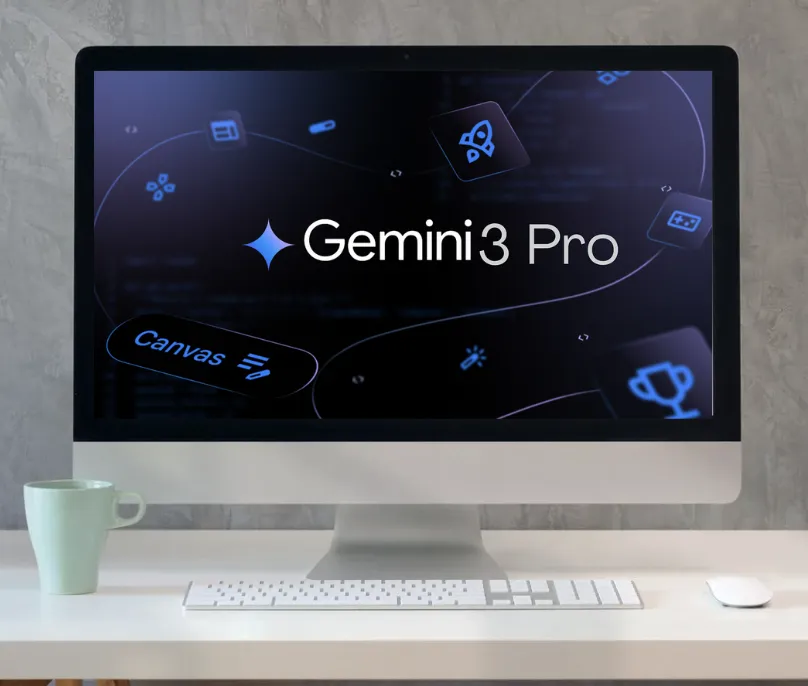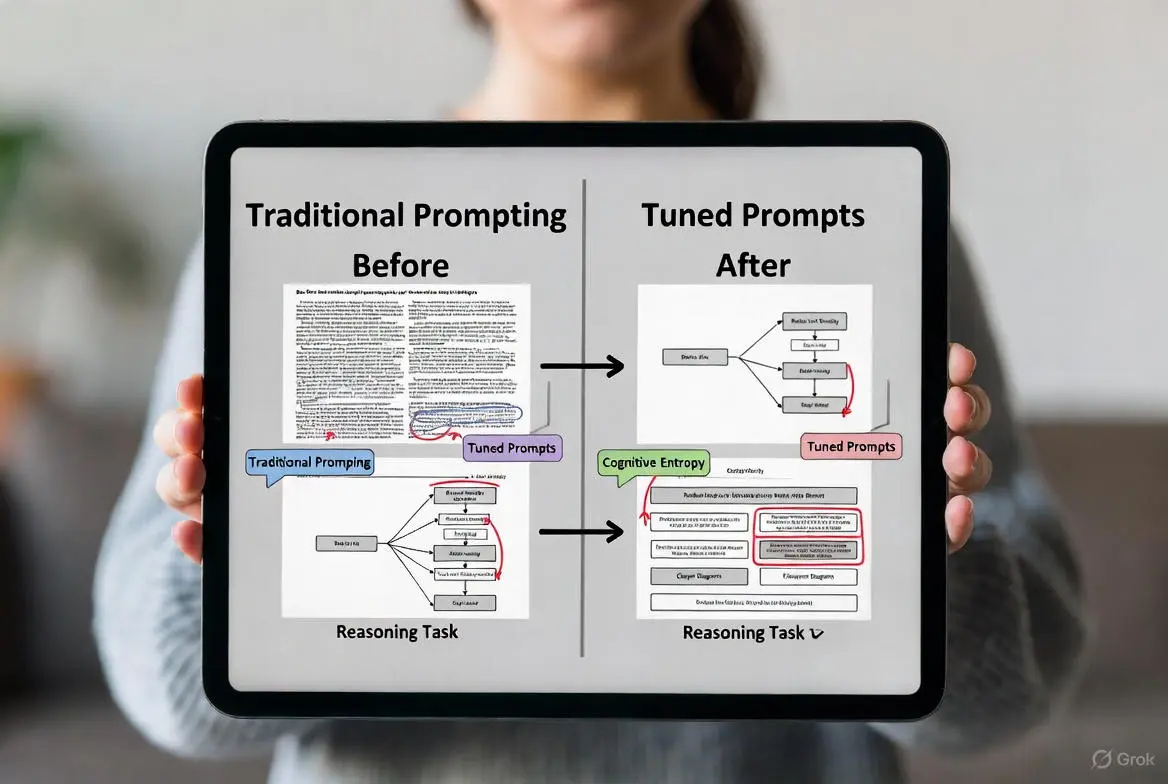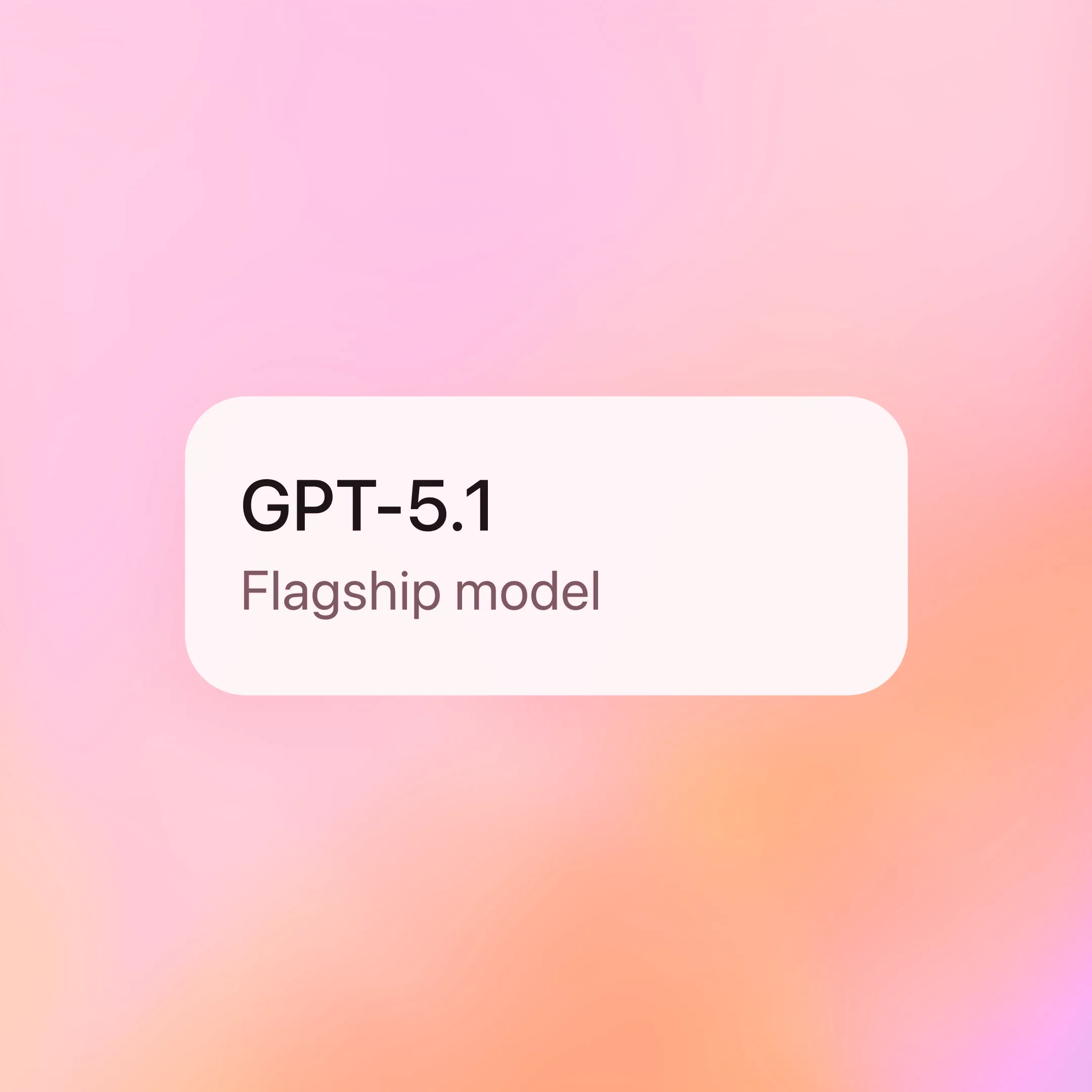Introducing Meta SAM 3D: Single-Image 3D Reconstruction

Author: Boxu LI
Launched in November 2025, Meta’s SAM 3D instantly grabbed the spotlight in AI[1]. As part of Meta’s Segment Anything family, SAM 3D brings human-level “common sense” 3D understanding to everyday images – enabling anyone to reconstruct objects or even full human bodies in 3D from a single ordinary photo[2]. This one-shot 3D modeler is open-sourced and already setting a new state-of-the-art standard in computer vision, significantly outperforming previous single-image 3D methods[3]. In essence, SAM 3D extends Meta’s promptable vision toolkit from 2D segmentation into the 3D domain, letting users “bring a picture to life” with unprecedented ease[4][5].
Crucially, SAM 3D isn’t a single model but two specialized ones: SAM 3D Objects for general object and scene reconstruction, and SAM 3D Body for full human shape and pose estimation[2]. With a single photograph, SAM 3D Objects can generate a textured 3D mesh of any selected object (or an entire scene), while SAM 3D Body produces a realistic full-body human mesh from one image[2]. Meta’s research shows both models deliver robust results – in fact, SAM 3D Objects significantly outperforms existing 3D reconstruction methods on benchmarks[3]. By inferring depth and hidden surfaces using AI-trained priors, SAM 3D guesses what’s behind and underneath objects in an image. Unlike traditional photogrammetry (which needs dozens of photos from every angle), SAM 3D can predict an object’s full geometry, texture, and layout from just a single view[6]. This breakthrough brings us a big step closer to the sci-fi idea of taking a simple snapshot and “3D-printing” the world within it.
Key Features and Innovations
SAM 3D introduces several technical advances that set it apart from earlier vision models. Here are its core features and innovations:
· Single-Image 3D Reconstruction – Achieves full 3D scene reconstruction from just one 2D image, a first in the field[7]. This “photo-to-3D” capability represents a major breakthrough, freeing creators from multi-camera rigs or depth sensors.
· Handles Occlusion & Clutter – Robust to real-world complexity: SAM 3D isn’t fazed by occluded or partially hidden objects and busy scenes[8]. It uses learned context to “fill in” hidden parts of objects that a single photo can’t see, a common-sense 3D understanding that mimics human perception.
· Complete Geometry with Textures – Outputs not just coarse shapes but detailed textured meshes. SAM 3D generates an object’s full geometry plus high-quality surface textures and even scene layout positioning[9]. In practice, you get a ready-to-use 3D model (e.g. a standard .ply/.obj with accompanying textures[10]) that looks realistic from all angles.
· Advanced Training & Accuracy – Meta trained SAM 3D on large-scale image datasets with novel techniques, yielding much better results than previous models[11]. A new benchmark dataset (SAM 3D Artist Objects) was created to rigorously evaluate it[12]. The result is a model that generalizes across diverse images and scenarios where earlier approaches would falter, truly setting a new bar for AI-guided 3D reconstruction[13].
· Human Mesh Innovation (SAM 3D Body) – The human-focused variant introduces a Momentum Human Rig (MHR), a novel parametric mesh representation that decouples skeletal pose from body shape[14]. In plain terms, SAM 3D Body can capture a person’s pose and proportions more accurately and interpretably than prior methods. This is a game-changer for applications needing realistic digital humans (from virtual try-on to sports science).
· Human-Guided Refinement – The model was refined with human feedback loops to make outputs more plausible and aesthetically sound[15]. This extra “E-E-A-T” touch means SAM 3D’s reconstructions aren’t just technically accurate, but also look right to human eyes in terms of proportions and details.
· Fast, One-Click Results – Despite its complexity, SAM 3D is optimized for speed. Generating a 3D model from an image is near real-time (seconds rather than hours)[16]. This real-time aspect turns 3D creation into a click-and-wait experience, putting powerful 3D content generation in the hands of everyday users without long rendering delays.
How does it work under the hood? In brief, SAM 3D combines a vision transformer-based image encoder, a segmentation mask processor (leveraging the original 2D Segment Anything to select objects), and multiple 3D prediction modules (depth estimation, geometry generation, texture synthesis, and even a Gaussian splatting renderer)[17]. Essentially, it first understands the 2D image content, then segments the target object, next infers the 3D shape and depth, and finally outputs a textured 3D mesh in a user-friendly format[18][10]. All of this happens with no user 3D expertise needed – the heavy lifting is handled by Meta’s pre-trained models and algorithms. By open-sourcing the code and model weights, Meta has also made it possible for developers to integrate or fine-tune SAM 3D for their own projects[19][20].
Applications and Use Cases
Beyond the wow-factor, why does SAM 3D matter? In practical terms, this technology unlocks a range of exciting applications across industries:
· Augmented Reality & VR: SAM 3D can instantly turn 2D photos into 3D props or environments, which is a boon for AR/VR creators. Teams can prototype immersive scenes faster by “pulling” objects out of reference images into 3D [21][22]. For example, a simple phone snapshot of a chair could be used as a 3D asset in a VR game or an AR furniture placement app – no 3D modeling skills required.
· Robotics & Autonomous Systems: Robots and AI systems need 3D understanding of their environment. SAM 3D helps generate 3D models from a single camera image, aiding in object recognition and spatial reasoning[22]. This could improve how robots grasp objects or navigate scenes by providing depth info from a single image frame. In drones or self-driving cars, a single snapshot can be “understood” in 3D to avoid obstacles or estimate object sizes.
· Healthcare & Sports Science: The SAM 3D Body model opens new possibilities in medicine, sports and fitness. With one photograph or x-ray, practitioners could get a 3D approximation of a patient’s body or posture. Meta specifically notes applications in sports medicine[22] – for instance, analyzing an athlete’s form in 3D from a single action shot, or helping physical therapy patients see a 3D view of their own pose and alignment for better feedback.
· Gaming and 3D Content Creation: Game developers and 3D artists can use SAM 3D as a shortcut for asset creation. Instead of modeling from scratch, they can feed concept art or reference photos into SAM 3D to generate base models for characters, props, or environments. This lowers the barrier for indie developers to populate rich 3D worlds. A creator could snap a picture of a cool motorcycle on the street, and use SAM 3D to get a textured 3D model of a bike for their game – saving hours of manual modeling. It’s a powerful aid for rapid prototyping and creative iteration[22].
· E-Commerce & Virtual Try-On: One compelling real-world use is interactive shopping. Meta is already using SAM 3D in the Facebook Marketplace’s new “View in Room” feature, letting users visualize furniture in their own home using just the product photo[23]. SAM 3D generates a 3D model of, say, a lamp from its listing photo, and then AR places that lamp into your room through your phone’s camera. This helps customers gauge style and fit before buying. Similarly, fashion retailers might allow a single catalog image of a shoe or handbag to be viewed in 3D and at real scale from all angles, enhancing online shopping experiences.
· Education and Research: Educators could convert textbook images or museum photos into 3D models to better illustrate concepts in history, biology, etc. Researchers in fields like archaeology or geology, who often work from photographs of sites/artifacts, might reconstruct 3D shapes for analysis. In scientific visualization, a single microscope image or satellite photo could be expanded into a 3D model for deeper insights. By democratizing 3D creation, SAM 3D can accelerate innovation in any field that uses visual data.
These use cases barely scratch the surface. Whenever you have a single image but wish for a 3D view or asset, SAM 3D is the new go-to tool to consider. By reducing the input requirement to one picture, it dramatically lowers the friction of obtaining 3D content. As Meta’s team put it, SAM 3D “opens up new ways to interact with and understand the visual world” for everyone from researchers to creators[22].
Comparisons and Competitive Landscape: Where SAM 3D Stands
How does SAM 3D stack up against other solutions? This model arrives at a time when many tech players are pushing the boundaries of AI in vision – albeit in different ways. Here’s a high-level look at where SAM 3D stands in the current landscape:
· Versus Traditional 3D Scanning: Prior to AI approaches like SAM 3D, creating a 3D model of a real object typically meant using photogrammetry or depth sensors. Those methods require multiple images or special hardware (e.g. taking dozens of photos around an object, or using LiDAR) to capture all angles. SAM 3D upends this by learning from vast data how to infer missing views, needing only a single RGB image as input[6]. The trade-off is that SAM 3D’s output is a plausible reconstruction rather than a perfect ground-truth scan – it hallucinates hidden surfaces based on learned priors. In practice, though, for many applications (games, AR effects, concept art) a realistic-looking approximation is enough. The huge gain in convenience and speed often outweighs the loss in physical exactness. In short, SAM 3D is to 3D scanning what a generative model is to photography: faster, more flexible, and good enough for a wide range of uses, even if not centimeter-accurate to the original scene.
· Versus Other AI 3D Generators: Meta’s leap in single-image 3D puts it ahead of most current AI offerings in this niche. For example, OpenAI has dabbled in 3D generation with models like Point·E and Shap·E, which can create 3D point clouds or implicit shapes from text or images. However, those models are still relatively low-fidelity – their results are often sparse or abstract and nowhere near photo-real[24]. They were early explorations rather than production-ready tools. In contrast, SAM 3D delivers higher-quality, textured outputs that “fill in” details, and it has been proven against real-world images at scale[3]. Another line of work involves NeRF (Neural Radiance Fields) and related techniques, which produce beautiful 3D views from 2D input, but they usually require multiple views or careful training per scene. SAM 3D’s ability to generalize from one image across many object types is a distinguishing strength. It’s also fully open-source and comes with inference code and model checkpoints readily available[19][25], whereas some other cutting-edge 3D models are proprietary or hard to run. All told, SAM 3D currently stands out as the solution for single-image 3D reconstruction in terms of both capability and accessibility.
· Versus Segment Anything (2D) and Related Models: It’s worth noting that “SAM 3D” builds on the legacy of Meta’s original Segment Anything Model (which was 2D-focused). Earlier this year, Meta also announced SAM 3 (sometimes called SAM v3), which handles text-prompted segmentation and tracking in images/videos[1]. SAM 3D is a sister model extending the vision into 3D. There was also an unrelated academic project confusingly named “SAM3D” (or SAM-Part3D) which dealt with segmenting parts in 3D point clouds, but that is a completely different approach (labeling existing 3D data rather than generating 3D from 2D)[26]. Meta’s SAM 3D is unique in that it creates new 3D representations from flat images. In Meta’s own comparisons, SAM 3D Objects performed far better than prior academic methods on standard benchmarks, thanks to its learning-based approach and large training corpus[13].
· SAM 3D vs. Google’s Nano Banana Pro (2D): Interestingly, SAM 3D arrives just as other AI milestones are happening in parallel domains. A notable example is Google DeepMind’s Nano Banana Pro, launched around the same time in late 2025. Nano Banana Pro is not a 3D tool but rather a state-of-the-art image generation and editing model, built on the Gemini 3 AI platform. It delivers near-photographic image edits with 4K resolution and unmatched consistency (95%+ character consistency across edits)[27]. In other words, Nano Banana Pro can modify or create images with incredible fidelity – people have touted it as potentially replacing many Photoshop tasks[28][27]. By comparison, Meta’s SAM 3D operates in the spatial domain: it can reconstruct 3D models that you could use in a game, animation, or AR scene. Both are breakthrough models, but they serve complementary purposes. Nano Banana Pro excels at 2D creative output, turning your ideas into pictures (or tweaking pictures) with AI magic[27]. SAM 3D excels at pulling objects out of pictures into 3D, turning a flat image into something you can hold, spin, or place in a virtual space. Together, they hint at a future workflow where you might use AI to generate a stunning image (with a tool like Nano Banana Pro) and then instantly lift elements from that image into 3D models (with a tool like SAM 3D) – a seamless bridge from imagination to image to interactive 3D content.It’s also telling to see how quickly such AI advances are being put into users’ hands. For instance, the platform Macaron – known as the world’s first personal AI agent platform – integrated Google’s Nano Banana model into its Playbook and launched a suite of one-click mini-apps showcasing those image editing capabilities[29]. Users of Macaron can swap outfits in a photo, generate 3D-styled figure mockups from 2D art, and more, all powered by Nano Banana under the hood[30][31]. This immediate translation of cutting-edge research into practical tools is exactly what we expect to see with SAM 3D as well. We can imagine platforms like Macaron or Adobe incorporating SAM 3D so that a user could upload a single photograph and receive a 3D model ready for use in creative projects. In other words, the competitive landscape isn’t “SAM 3D vs Nano Banana” as much as it is a rich ecosystem of AI tools emerging – some focusing on perfecting images, others on unlocking 3D, and forward-thinking companies combining both to empower creators. SAM 3D firmly secures Meta a spot in this next-gen toolset, bringing capabilities once confined to research labs directly to developers and artists.
Conclusion: A New Dimension for Creativity
Meta’s SAM 3D exemplifies the rapid strides happening in AI: moving from understanding flat images to reconstructing the 3D world behind them. This technology adds a whole new dimension to what creators and innovators can do. Just as recent AI models have made it easier to generate and edit 2D images with astonishing realism, SAM 3D now makes it possible to take a simple snapshot and obtain a 3D asset – something that was unthinkable just a couple of years ago for anyone outside advanced research labs.
From an E-E-A-T perspective (Experience, Expertise, Authoritativeness, Trustworthiness), SAM 3D checks many boxes. It was developed by Meta’s seasoned AI researchers (expertise ✅) and released with open checkpoints and evaluation data for transparency[20] (trustworthiness ✅). Already, Meta showcased real use-cases (Marketplace AR furniture previews, etc.) demonstrating the model in action[23] (experience ✅). And by open-sourcing the model and sharing benchmarks, Meta has invited the research community to verify and build upon its claims (authoritativeness ✅). All this positions SAM 3D as not just an impressive demo, but a reliable tool that others can adopt and trust for serious applications.
For tech enthusiasts and researchers, SAM 3D is also refreshingly accessible. You can try it out on Meta’s Segment Anything Playground with zero setup – just upload an image and see the 3D result in your browser[32]. Developers can pull the code from GitHub and integrate single-image 3D conversion into their own apps in a matter of hours. This ease of experimentation means we’ll likely see a burst of creative uses and integrations in the coming months. It wouldn’t be surprising if indie game makers start populating their scenes with SAM 3D–generated models, or AR filter creators let users turn snapshots into 3D stickers. The barrier between 2D and 3D content is dissolving.
In conclusion, Meta SAM 3D represents a pivotal advancement that will enrich the creative landscape. It stands alongside innovations like Google’s Nano Banana Pro as a sign of how AI is revolutionizing content creation across the board – from flat images to full 3D experiences. The ability to conjure 3D models from single images will save time, spark new ideas, and quite possibly spawn new industries (imagine virtual real estate staging, 3D memories from old photos, or personalized game avatars generated from selfies). We are entering an era where anyone can be a 3D creator or an AR designer, with AI as the great enabler.
Platforms like Macaron have shown how quickly these breakthroughs can be turned into everyday tools[29]. As SAM 3D gains adoption, we anticipate seeing it embedded in creative software, mobile apps, and AI agent platforms – maybe you’ll have a “Make 3D” button next to your “Edit Photo” options soon. One thing is certain: by introducing SAM 3D, Meta has opened the door to a more immersive, interactive digital world, and stepping through that door will be as simple as taking a picture. The future of creativity is multidimensional, and with SAM 3D, that future has officially arrived. [33][4]
Sources: Meta AI Blog[34][22]; Meta Newsroom[1][35]; echo3D Medium briefing[6][14]; Tech Explorer tutorial[36][8]; Macaron Playbook & Blog[29][27]; OpenAI/Rerun notes[24].
[1] [2] [3] [4] [5] [12] [13] [20] [22] [23] [25] [32] [33] [34] [35] New Segment Anything Models Make it Easier to Detect Objects and Create 3D Reconstructions
https://about.fb.com/news/2025/11/new-sam-models-detect-objects-create-3d-reconstructions/
[6] [14] [19] Meta’s New SAM 3D: Bringing Common Sense 3D Understanding to Everyday Images | by echo3D | echo3D | Nov, 2025 | Medium
[7] [8] [9] [11] [15] [16] [17] [18] [36] SAM 3D Objects Tutorial: Meta AI Single-Image 3D Reconstruction | Photo to 3D Model • Tech Explorer
https://stable-learn.com/en/sam-3d-objects-tutorial/
[10] This AI Just Turned Your Photos Into 3D Models - Here's How
https://www.adwaitx.com/meta-sam-3d-models-guide/
[21] [26] SAM 3D Ultimate Guide: Transforming 3D Object Understanding
https://skywork.ai/blog/ai-image/sam-3d-ultimate-guide/
[24] rerun.io
https://rerun.io/examples/generative-vision/shape_pointe
[27] Nano Banana Pro: AI Image Editing Tool - Macaron
https://macaron.im/blog/nano-banana-pro
[28] [29] [30] [31] When Nano Banana Meets Macaron: Next‑Level AI Image Editing on One Platform - Macaron
https://macaron.im/blog/macaron-ai-essential-personal-assistant-features



